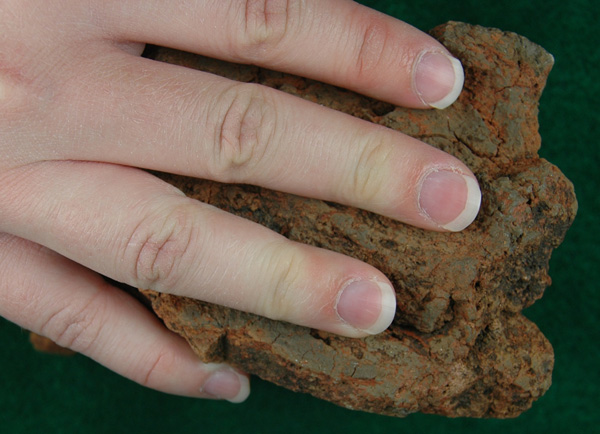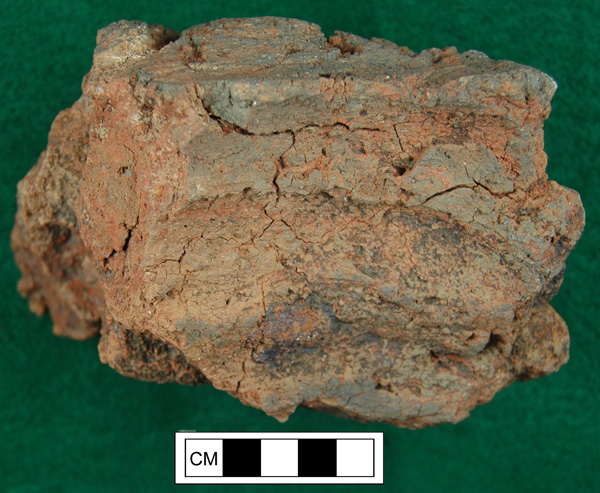
Mulberry Row: Choosing Artifacts
If only we could showcase everything! An upcoming exhibition will contain ten panels that investigate the people, buildings, and industries of Mulberry Row. Sadly, reality dictates that only dozens of artifacts of many thousands of artifacts recovered by the Monticello Archaeology Department will make it to the display cases. So, how do we choose?
As the archaeologists say, begin with a database; the Monticello Archaeology Database is home to meticulously catalogued artifact records. Instead of looking for specific objects, we review every artifact found at Mulberry Row sites and identify patterns before making a list of exhibition possibilities. This process ensures that the selected artifacts offer an accurate portrayal of Mulberry Row.
Next, it’s time for us to view the artifacts. This is where the “Ooh” and “Aah” factors of the artifacts come in. After 200 years buried in soil, some artifacts can only be identified by experts or are too small for an exhibit case. We carefully select the most visually engaging objects and prepare a final checklist.
Artifacts often tell a story. One of the artifacts that will be on display is a piece of chinking—construction material used to fill the spaces between logs—from a Mulberry Row dwelling. Chinking is important architectural evidence but, typically, not very glamorous.
This particular piece, however, has preserved the handprint of one of the cabin’s builders, who would have pushed the chinking into place before it dried. This is a stark reminder to us that these are not just pretty, interesting objects but materials that made up the world of over one hundred free and enslaved people who used, made, and bought these items to create vibrant communities on Mulberry Row.
To explore other Mulberry Row artifacts and archaeological finds at Monticello, visit the Digital Archaeological Archive of Comparative Slavery.




